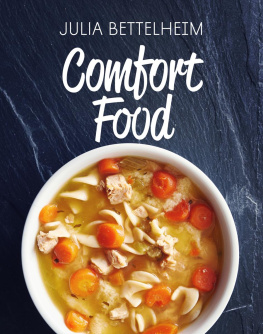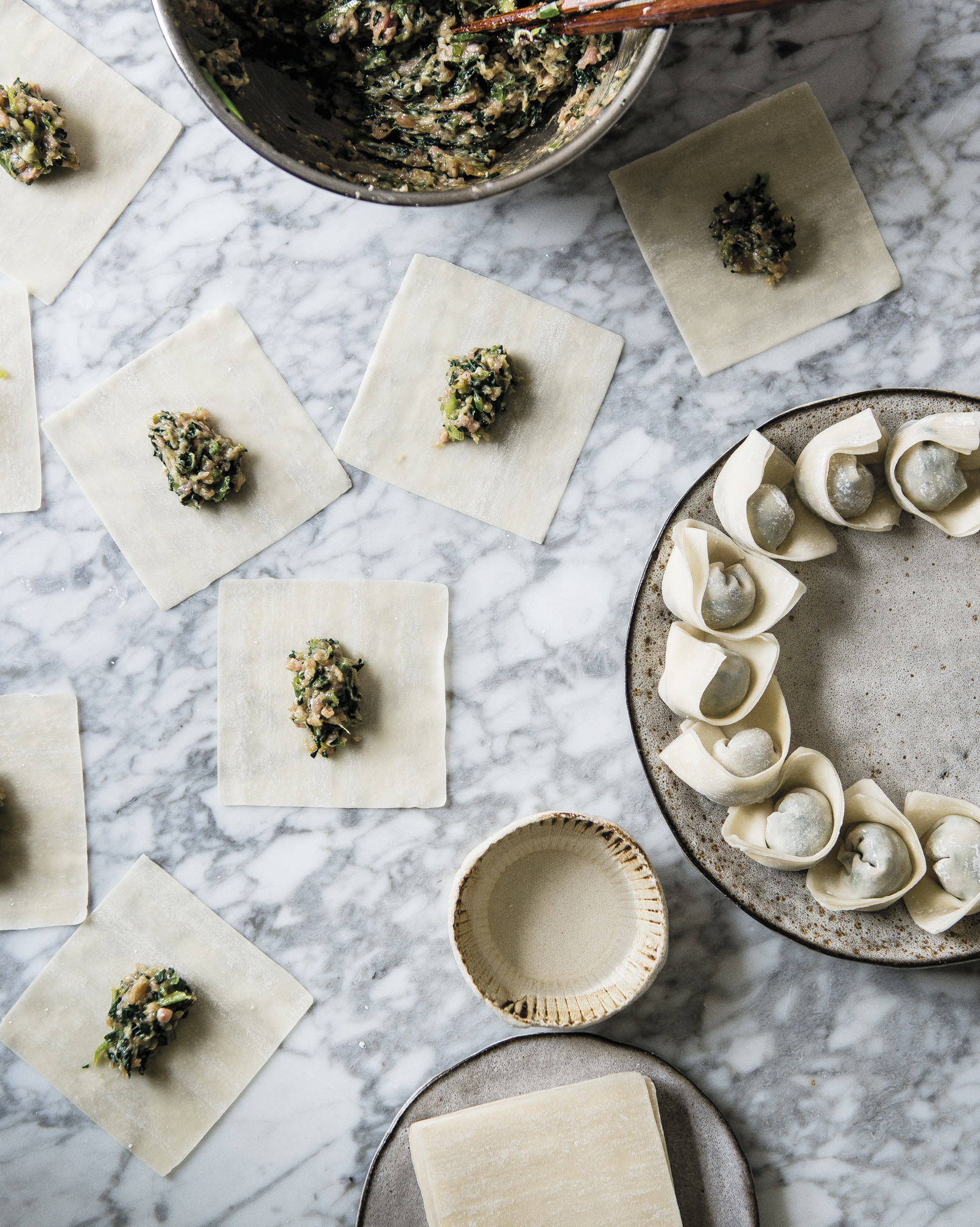All rights reserved.
Published in the United States by Rodale Books, an imprint of the Crown Publishing Group, a division of Penguin Random House LLC, New York.
RODALE and the Plant colophon are registered trademarks of Penguin Random House LLC.
Library of Congress Cataloging-in-Publication Data is available upon request.
INTRODUCTION
Around the time that I first began thinking about this book, my husband, Andrew, and I were in the middle of a cross-country move from Brooklyn, New York, to Los Angeles, California. We were junior attorneys partway through our third years at law firms in Manhattan, expecting our first baby, and, with our little guy on the way, trying to figure out where it was that we wanted him to arrive.
I grew up in Greenville, South Carolina, a city big enough for an airport but small enough that the airport only had two terminals, friendly and slow-moving and comfortable. After going to college three hours away in North Carolina, I trekked north to snowy Cambridge, Massachusetts, for law school, which led to my first gainful employment as an attorney in New York. In the five-and-a-half frigid winters since Id left the Carolinas, my family had moved to Southern California; my husbands family, by turn, had always been in Hawaii. Neither of them were very close to New York. Even though wed never spent more than a week in California, we decided to move to Los Angeles for familybecause we wanted to live closer to our siblings and parents, and because we hoped sunny LA would be where the story of our own family began. (Of course, the warm weather didnt hurt.)
So, when I was about four months pregnant, an apartment in a little duplex on the west side of LA became our home. It was bright and airy and filled to the brim with California sunshine. We started that thing called nesting, fawning over (and then cursing while assembling) cribs and baby swings. With five months to go until our son arrived, we talked endlessly about what life would be like with him. What did we want to pass down to him? What would being a family mean for us, and for him? Andbecause for me, it always comes back to foodwhat would he eat?
A few months later Luke arrived, and with him the answers to our questions. Family meant hazy early mornings, bleary-eyed midnight diaper changes, and sunny Saturday afternoons crawling around on all fours. It meant visits from his Chinese grandparents on my side of the family, with stuffed monkeys for his Chinese zodiac year in tow, and, on my husbands side, weekly Skype sessions with Lukes Irish grandpa and his Korean halmuni in Honolulu, who dove into planning Lukes first birthday party, his dol, with gusto. Our babys first pures were jook (or congee, ).
Over the course of his first year, I came to realize that, in many ways, Luke embodied the spirit of the book I wanted to write. He is, after all, a combination of shared cultures. His mom is a Chinese girl who grew up in South Carolina, eating mapotofu alongside cornbread (). In my little guy, I see a mix of cultures that is both incredibly diverse and utterly American. And those cultures, the food he eats, the traditions were building together with him, all have so much more in common than first meets the eye.
THESE RECIPES ARE A JOURNAL OF THE FOOD THAT I MAKE FOR OUR LITTLE FAMILY, REFLECTING THE MYRIAD CULTURES AND INFLUENCES THAT MAKE US WHO WE ARE.
As I wrote this book over the course of Lukes first year, A Common Table became a chronicle of all of these things. These recipes are a journal of the food that I make for our little family, reflecting the myriad cultures and influences that make us who we are. There are Chinese dishes that my mother taught me when I first moved away from home and, missing her cooking terribly, emailed and called her incessantly to learn how to make her spicy braised lamb () that accompanied every meal growing up.
And then there are the Korean dishes that my husband introduced to me when we began dating as law students in Boston, and that I later learned to cook from my mother-in-law, peering over her shoulder in her apartment in downtown Honolulu. You can also find a few homemade takes on the Hawaii staples that my husband misses most when hes on the mainland, cobbled together from my trials and his taste-tests until they reminded him most of home.
Importantly, putting all these recipes in one place revealed that they had far more in common than Id realizedfor instance, that the dumplings in kimchi sujebi (), traditionally roasted on hooks, can be made just as easily in the oven as baby-back ribs can, even though they are traditionally smoked.
Finally, sprinkled between these are recipes that dont fit neatly within any of these categories. There are recipes for foods weve loved in places weve traveled and that Ive sought to re-create at home. Matcha-Glazed Swirl Bread (). If the traditional dishes in this book represent where we come frommy family, my husbands family, and the traditions that were passed down to usI like to think of these new dishes as the quirky emblem of where we are going.
FOOD CAN BRIDGE ALL KINDS OF DISTANCES, GEOGRAPHICAL OR CULTURAL, TO BRING US ALL AROUND THE SAME TABLE.
Ultimately, I wrote A Common Table because I know food can bridge all kinds of distances, geographical or cultural, to bring us all around the same table. It represents the traditions and loved ones from our past and present, and it can represent things that are totally new to us, too. Food is what connects us, a common denominator that sustains all of us, both physically and emotionallyand I hope this book will serve to make that only more true.























